
Myeloproliferative Neoplasms
Latest News
Latest Videos

More News

Patients with cytopenic myelofibrosis produced a tolerable safety profile when receiving treatment with pacritinib.
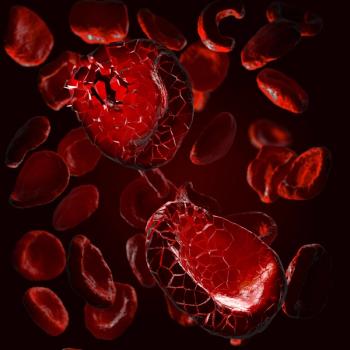
The FDA has requested more time to review data from 3 pivotal trials featuring pacritinib for the treatment of intermediate or high-risk primary or secondary myelofibrosis with severe thrombocytopenia, thus extending the review period for the agent’s new drug application.

Adult patients with polycythemia vera may now be treated with ropeginterferon alpha-2b, the only interferon available for this population.

Clinical trials featuring rusfertide may resume dosing patients after the FDA lifted a full clinical hold on the therapy’s clinical studies.

Francesco Passamonti, MD, discusses the future of treatment for patients with polycythemia vera such as adaptive therapies and the utilization of novel targets.
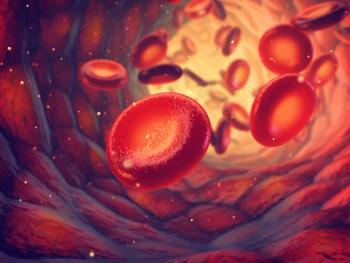
Retrospective data presented at 2021 EHA revealed potential treatment gaps in the management of patients with myeloproliferative neoplasms.

The priority review designation for pacritinib is based off results from 3 trials investigating pacritinib 200 mg twice daily for patients with myelofibrosis and severe thrombocytopenia.
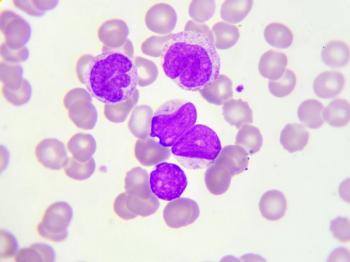
Adding parsaclisib to the ruxolitinib treatment of patients with myelofibrosis who had a suboptimal response on a standard dose of ruxolitinib alone led to improvements in spleen volume reduction and symptom burden.
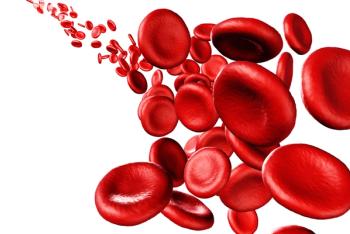
The telomerase inhibitor demonstrated improved overall survival spleen response, and symptom response in patients with myelofibrosis.
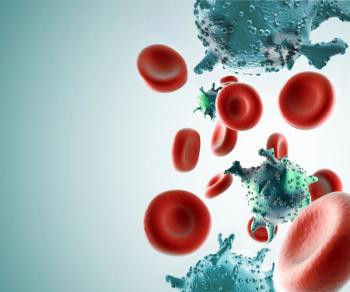
Study results showed that adding navitoclax to ruxolitinib resulted in a clinically meaningful improvement in spleen volume and total symptom score in patients with myelofibrosis who no longer benefited from prior ruxolitinib therapy.

Treatment with momelotinib improved overall survival and sustained efficacy outcomes in patients with intermediate- or high-risk myelofibrosis.

The FDA approved the first and only erythroid maturation agent for the treatment of anemia in patients with lower-risk myelodysplastic syndromes.

This study highlighted the need for novel therapies in myelofibrosis treatment, given that salvage therapies could potentially improve patient outcomes.
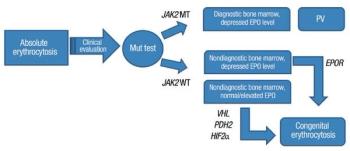
In this second part of our two-part review, we discuss the use of mutation profiling in the diagnosis, prognosis, and treatment of patients with myeloproliferative neoplasms and other myeloid diseases.

A recent phase III study revealed a benefit with pacritinib for patients with myelofibrosis and thrombocytopenia who have experienced treatment failure with previous therapies.

This video reviews the phase I portion of a trial testing glasdegib in patients with primary/secondary myelofibrosis previously treated with JAK inhibitors.
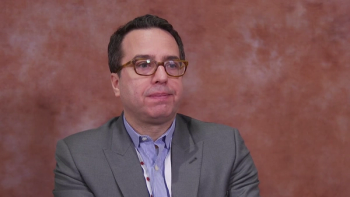
This video highlights results of a phase I study of idasanutlin (RG7388) in patients with refractory polycythemia vera and essential thrombocythemia.

Survival of patients with myelofibrosis who undergo splenectomy is adversely affected by older age, the need for transfusion, and leukocyte and circulating blast cell counts, according to a new analysis.
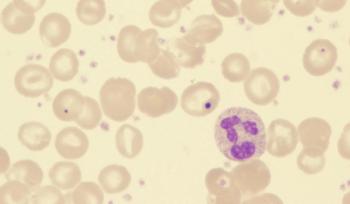
A new study including two separate cohorts found that male gender is a significant risk factor for mortality in patients with essential thrombocythemia. Gender may play a bigger role than thrombosis history in determining risk.

In this review, we demonstrate the evolving landscape of clinical investigation as researchers and clinicians attempt to address the important therapeutic needs of patients with myeloproliferative neoplasms.

Patients with myelofibrosis resistant or intolerant to ruxolitinib may have an alternative treatment option with the JAK2-selective inhibitor fedratinib, according to the results of a phase II study.

The JAK2 and FLT3 inhibitor pacritinib induced significant and sustained spleen volume reduction and symptom reduction in patients with myelofibrosis.

In this interview we discuss clinical developments in essential thrombocythemia, polycythemia vera, and myelofibrosis, as well as the latest treatment options.
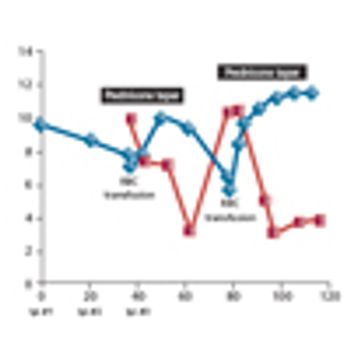
A 60-year-old man with a history of coronary artery disease and JAK2 V617F–positive polycythemia vera presented to our bone marrow transplantation clinic with progressive fatigue, splenomegaly, and cytopenias.

In this interview we discuss symptoms and prognosis for patients with polycythemia vera and essential thrombocythemia and the treatment of myelofibrosis.




















































































